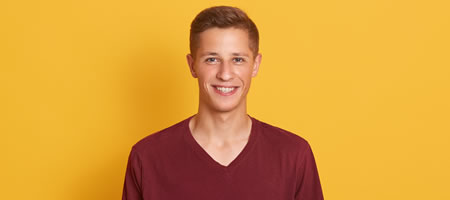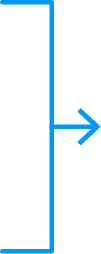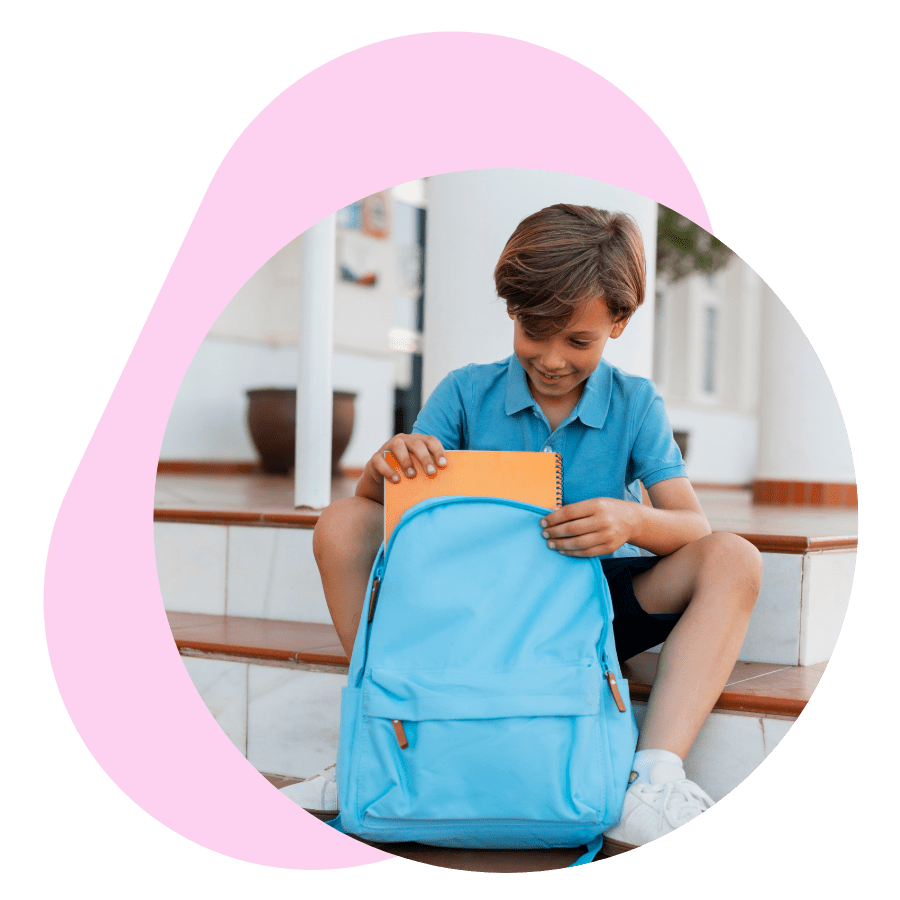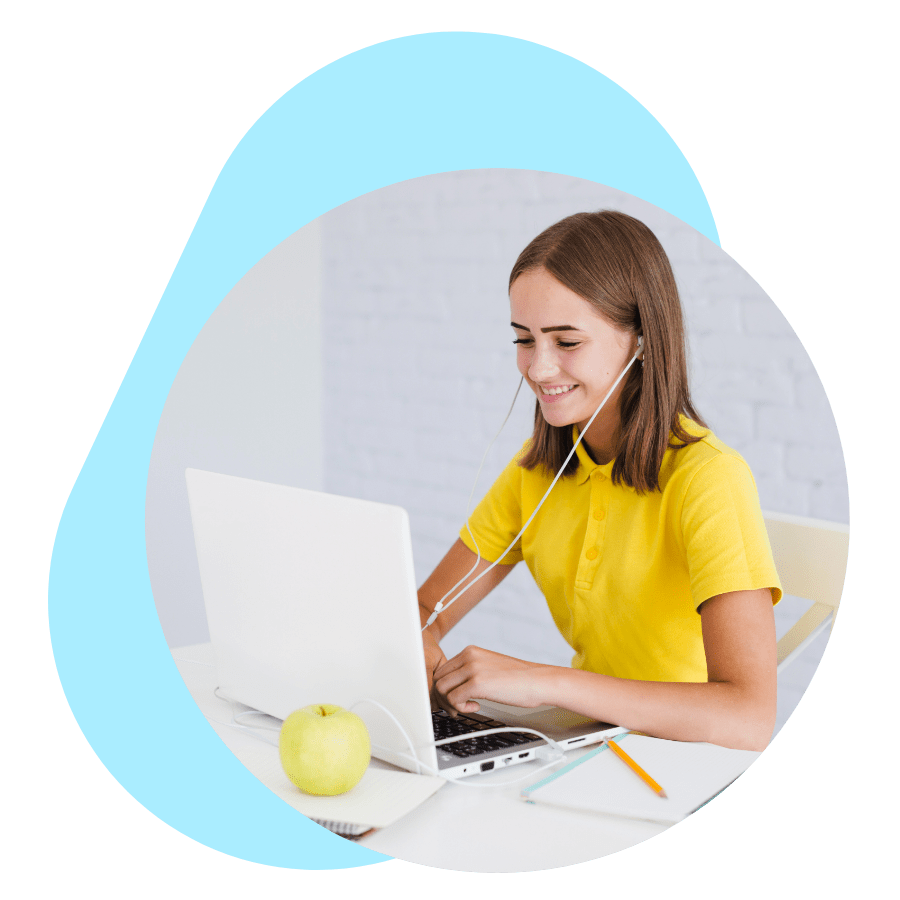1- Technology
All the products and processes used to simplify our daily lives, are called “Technology”.
Some people think that technology is very useful, while others believe that technology has completely ruined our lives. Let’s see what people think about technology:

|
Daniel Technology has improved the lives of many people, included mine. For example, I use my smartphone for absolutely everything that I do, and I think that it is a benefit for me. I can write down notes from my job meetings, set reminders for future events, and perform a lot of other tasks. It has helped me organize myself better and to be able to fulfil all my duties. Technology is amazing! |

|
Tania I’m still not so sure about technology and its uses. I think it’s good when we use technology for several specific purposes, for instance, 3D printers can be useful in the medicine area. On the other hand, I don’t like technology being used on everyday tasks. If we keep improving technology, we will have too many applications that we will do everything for us. I don’t really support that. |

|
Martina I hate technology in all its forms. I don’t have a computer or a tablet, and I live perfectly fine without them. Nowadays, there is constant improvement in technological devices, to the point that artificial intelligence robots can imitate and even replace human beings. I think this type of technology will cause lots of people lose their jobs. I believe scientists have no obligation to create devices that will solve every single problem in the world. I think people should just stop depending so much on technology. |
2- Vocabulary and Quantities
Look at the following words:
|
 |
These words are used to express QUANTITY |
We use “Quantifiers” when we want to give information about the quantity or number of something. They answer the questions “How much?” y “How many?”.
2.1- Many (mucho)
- We use “Many” with plural countable nouns.
- Usually in negatives sentences and questions.
Examples:
- He doesn’t have many friends.
- Do you have many books?
2.2- Much (mucho)
- We use “Much” with non – countable nouns.
- Usually in negatives sentences and questions.
Examples:
- We don’t have much time.
- How much money do you need?
2.3- A lot of / Lots of (mucho)
- We use “A lot of” y “Lots of” with countable plural nouns and also with non-countable nouns.
- Usually in affirmative sentences.
Examples:
- We have a lot of milk.
- She has lots of books.
2.4- Plenty of (más que suficiente)
- We use “Plenty of” with countable plural nouns and also with non-countable nouns.
- Usually in affirmative sentences
Examples:
- I have plenty of time.
- They have plenty of bottles in the fridge.
2.5- Some (algunos)
- We use “Some” with countable plural nouns and also with non-countable nouns
- Usually in affirmative sentences and questions.
Examples:
- There is some milk in the kitchen.
- Can I have some cookies?
2.6- Several (varios)
- We use “Several” with countable plural nouns.
- Usually in affirmative sentences.
Example:
- I need several hours of sleep.
2.7- No (no, ninguno)
- We use “No” with countable plural nouns and also with non -countable nouns.
- Usually in affirmative sentences. As it doesn’t has a negative sense, the verb must go in affirmative.
Example:
- I have no time
- I don’t have no time = INCORRECTO
2.8- All (todo)
- We use “All” with countable plural nouns and non-countable nouns.
- Usually in all types of sentences: affirmative, negative and questions.
Examples:
- I don’t have all the information.
- Where are all the apples?
“Quantifiers” are sometimes used with the expressions:
“There is” and “There are”.
|
There is: We use “There is” y “There isn’t” with countable singular nouns and non-countable nouns. Examples:
|
There are: We use “There are” y “There aren’t” with countable plural nouns. Example:
|

